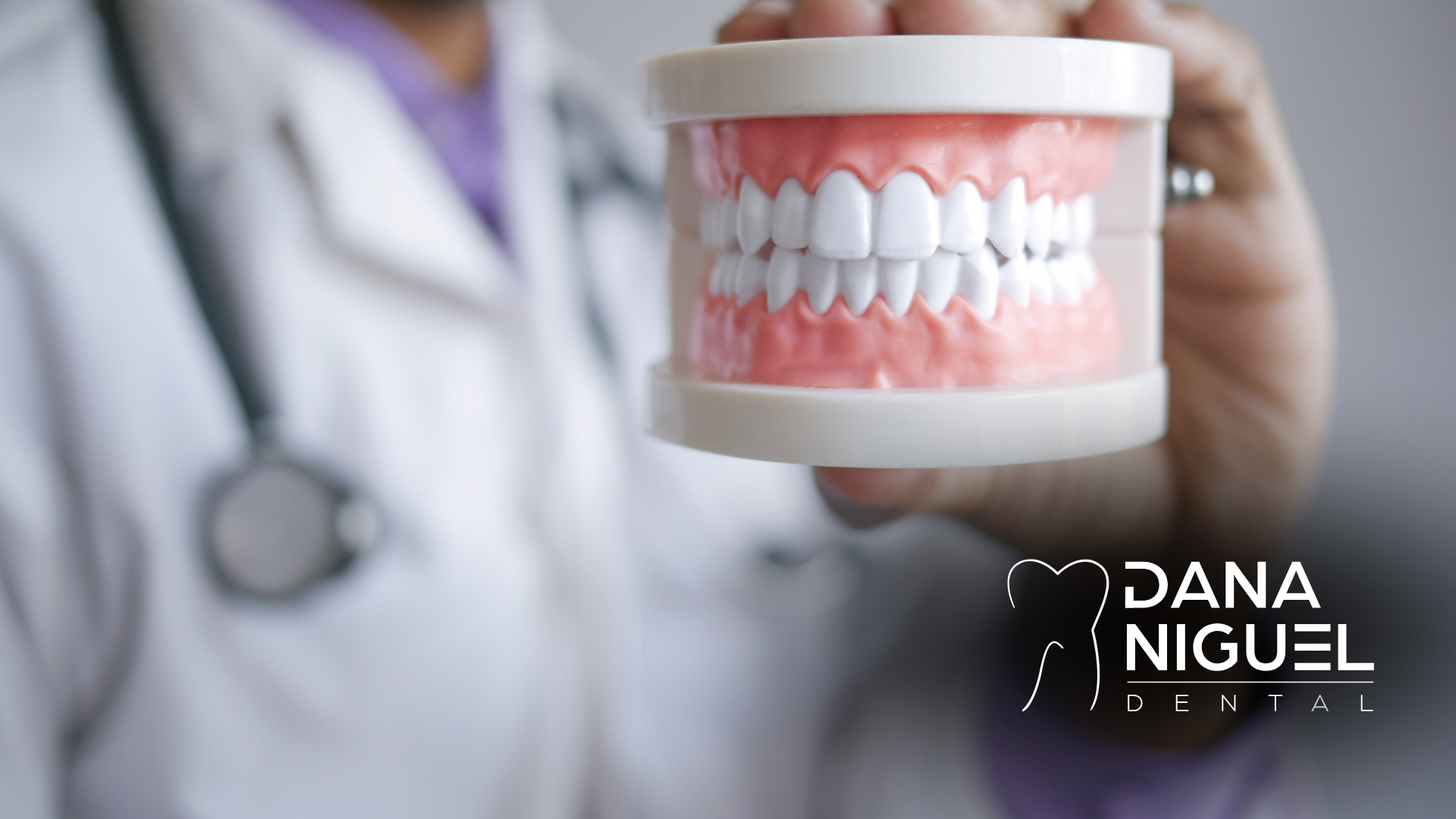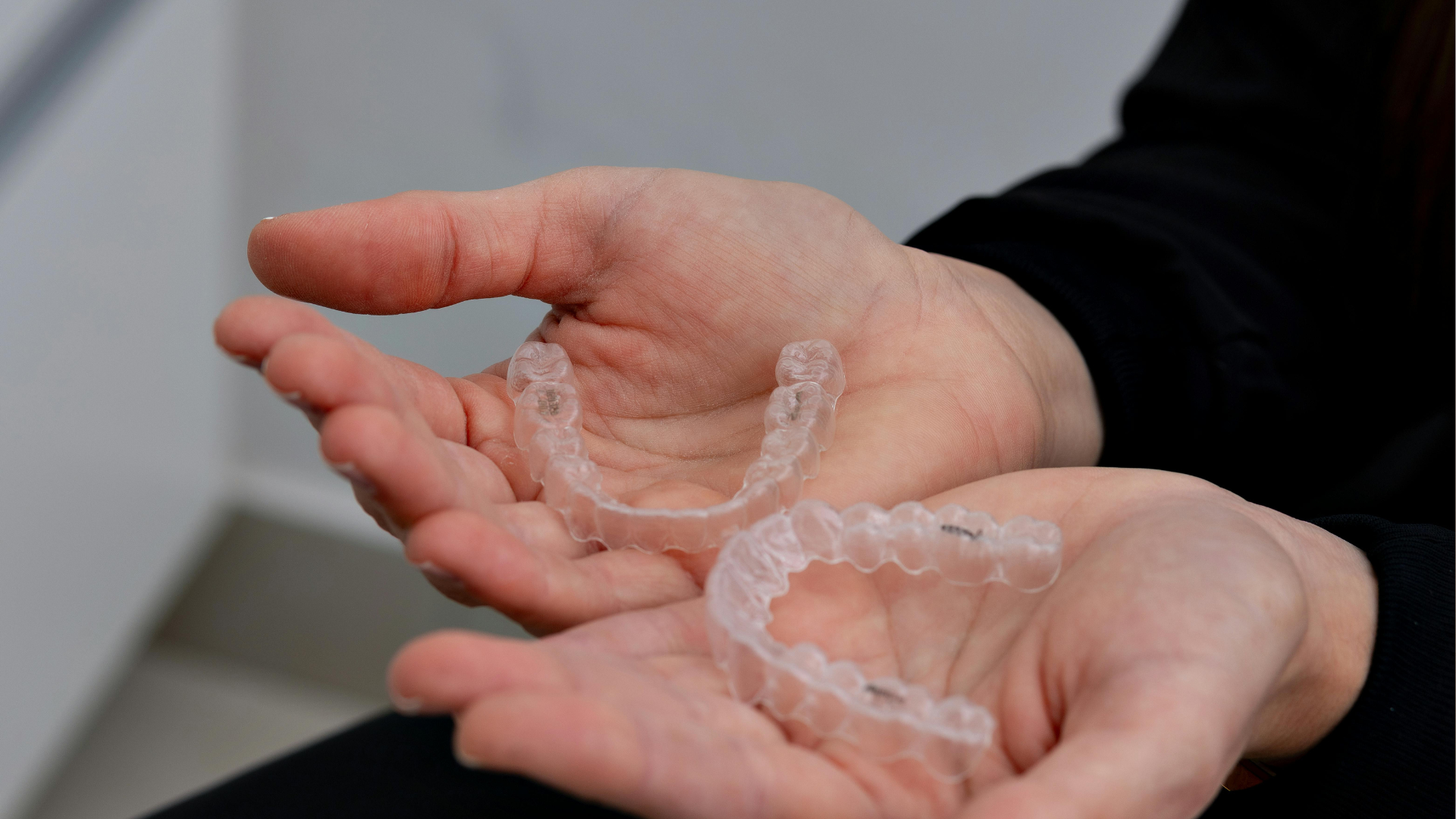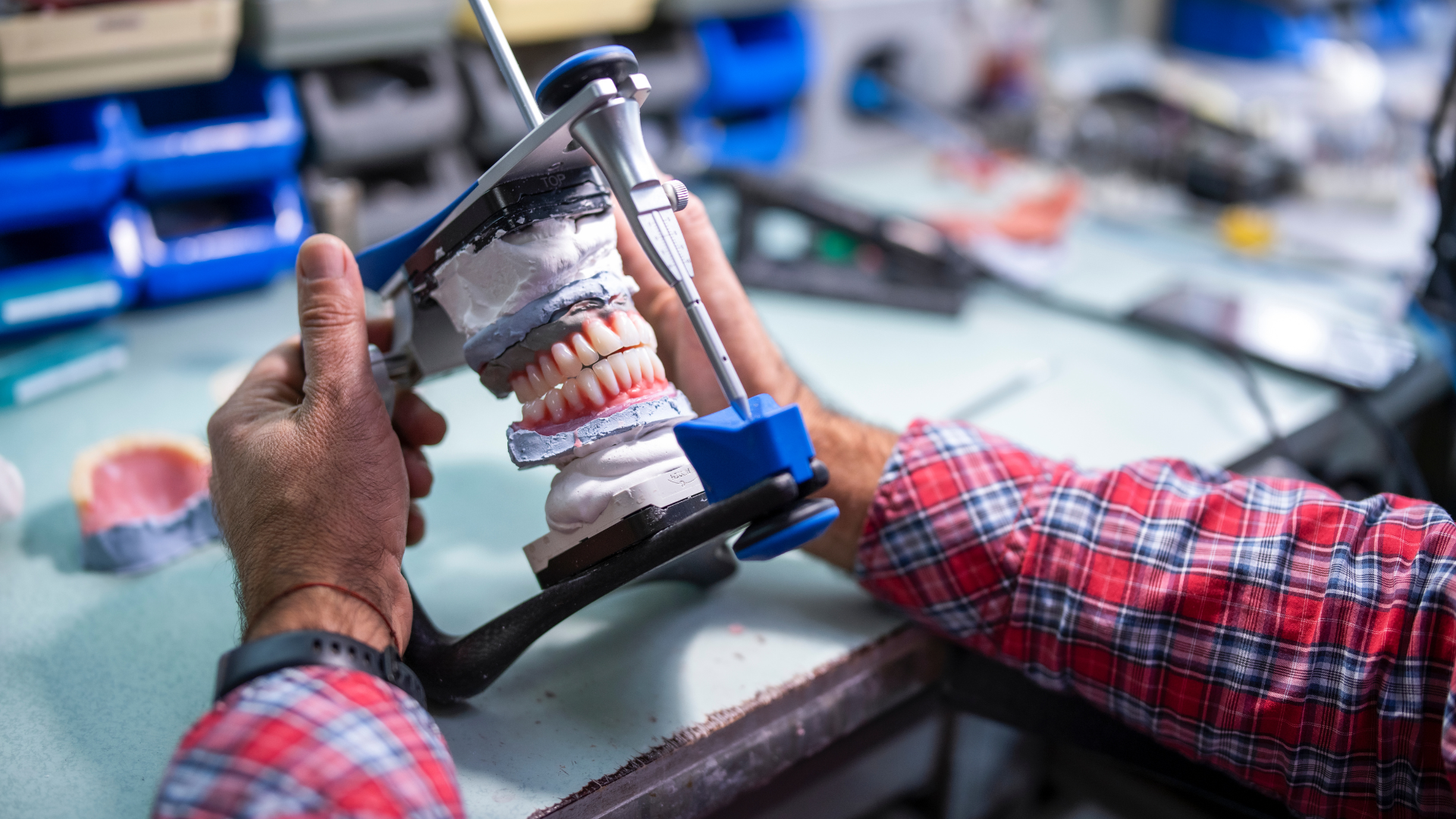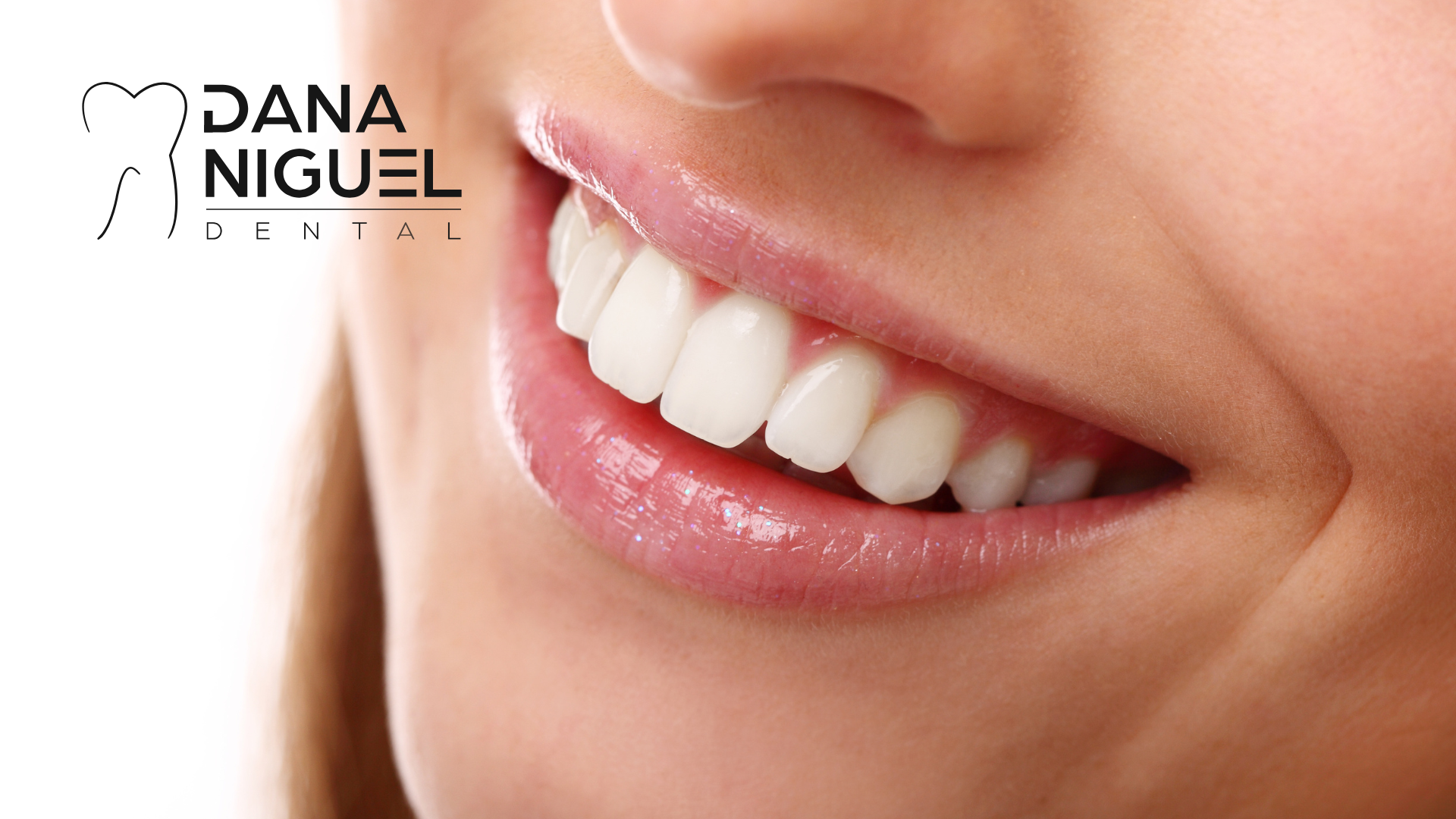Post-Care Guide After Tooth Extraction: How to Prevent Dry Socket
Undergoing a tooth extraction can be a daunting experience, but with the right care, you can ensure a smooth recovery and avoid complications like dry socket. Dry socket is a painful condition that can occur after a tooth extraction if the blood clot at the extraction site is dislodged or doesn’t form properly. This guide will walk you through post-care steps to help prevent dry socket and ensure proper healing.
Overview of Dry Socket
What is Dry Socket?
Dry socket, also known as alveolar osteitis, is a condition that occurs when the blood clot that forms at the site of the tooth extraction becomes dislodged or dissolves too soon. This exposes the bone and nerves underneath, leading to pain, irritation, and delayed healing.
Symptoms of Dry Socket
- Intense pain in the extraction site, often radiating to the jaw, ear, or eye.
- Foul odor or taste in the mouth.
- Visible bone at the extraction site (instead of a clot).
- Swelling and tenderness around the extraction site.
Why Does Dry Socket Occur?
Dry socket usually occurs when the blood clot, which is crucial for proper healing, is disturbed or fails to form properly. This can be caused by certain behaviors or factors, such as smoking, poor oral hygiene, or sucking motions (like drinking through a straw).
Step-by-Step Post-Care Instructions
1. How to Care for the Extraction Site in the First 24 Hours
- Rest:
Avoid any strenuous physical activity for at least 24 hours to give your body the best chance to start the healing process.
- Bite on Gauze: After the extraction, bite down gently on the gauze pad provided by your dentist to help stop any bleeding. Change the gauze as needed, but do not disturb the site too much.
- Avoid Touching the Site: Refrain from touching or probing the extraction site with your fingers or tongue, as this can cause irritation or dislodge the blood clot.
- Apply Ice: Apply an ice pack to the outside of your cheek near the extraction site for 15-20 minutes to reduce swelling.
2. Pain Management Recommendations
- Pain Relievers: Take over-the-counter pain relievers as directed by your dentist, such as ibuprofen or acetaminophen, to manage pain. Follow the instructions carefully regarding dosage and timing.
- Prescribed Medications: If your dentist has prescribed stronger painkillers or antibiotics, take them as directed. These can help prevent infection and manage pain effectively.
- Avoid Aspirin: Do not take aspirin in the first 24-48 hours, as it can increase the risk of bleeding.
3. Foods and Drinks to Avoid During the Healing Process
- Avoid Hot and Spicy Foods: Hot foods and beverages can irritate the extraction site. Stick to cool or room-temperature foods and drinks for the first few days.
- Stay Away from Crunchy, Hard, and Sticky Foods: Foods like chips, popcorn, and chewing gum can get lodged in the extraction site and irritate it.
- Avoid Alcohol and Caffeine:
These can hinder the healing process and cause dehydration. Stick to water, herbal teas, and other non-caffeinated beverages.
- No Smoking or Tobacco Products:
Smoking can delay healing and significantly increases the risk of dry socket.
4. How to Clean Your Mouth Without Disturbing the Healing Site
- Rinse Gently:
After 24 hours, you can start rinsing with a saltwater solution (1 teaspoon of salt in a cup of warm water). Do this gently to avoid disturbing the blood clot.
- Avoid Forceful Spitting: Spitting can create suction and dislodge the clot. Instead, let the water naturally fall out of your mouth.
- Brush Carefully: Brush your teeth carefully, avoiding the extraction site. Use a soft-bristled toothbrush to prevent irritation.
Dry Socket Prevention Tips
1. What to Do and Avoid During the First Week Post-Extraction
- Follow Post-Op Instructions: Stick closely to the instructions given by your dentist to ensure proper healing and prevent complications.
- Stay Upright:
For the first few days, try to keep your head elevated while resting or sleeping to reduce the risk of swelling and blood clot dislodgement.
- Hydrate Well: Drink plenty of water to keep yourself hydrated, but avoid using straws.
2. How to Avoid Dislodging the Blood Clot
- No Sucking Motions:
Avoid activities like drinking through a straw, sucking on candy, or smoking, as they can create suction that may dislodge the clot.
- Avoid Touching the Site: Do not touch the healing site with your fingers or tongue. Let the clot stay undisturbed to promote healing.
3. The Importance of Rest and Hydration
- Get Plenty of Rest: Resting helps your body focus on healing and reduces the risk of complications.
- Stay Hydrated: Drink plenty of water to aid in the healing process. Hydration helps keep your mouth moist, which is vital for the healing of the extraction site.
4. When to Seek Professional Help
- If you experience severe pain, a foul taste or odor in your mouth, or notice that the clot seems to be missing, contact your dentist immediately to address the situation and prevent dry socket.
Common Mistakes to Avoid
- Smoking:
Smoking is one of the leading causes of dry socket, as it reduces blood flow to the area and can interfere with clot formation.
- Drinking Through a Straw: The suction created when using a straw can dislodge the blood clot, increasing the risk of dry socket.
- Eating Hard or Crunchy Foods:
These can irritate the extraction site, dislodge the clot, or cause pain.
- Brushing Too Hard:
Avoid brushing directly on the extraction site until it is fully healed. Brushing too aggressively can disturb the healing process.
- Not Following Instructions:
Not adhering to your dentist’s aftercare instructions can lead to complications like dry socket.
When to Contact Your Dentist
If you experience any of the following symptoms, contact your dentist immediately:
- Severe, persistent pain in the extraction site that does not improve with pain medication.
- A foul odor or taste in your mouth that won't go away.
- Visible bone or an empty socket where the blood clot should be.
- Swelling or difficulty opening your mouth that doesn’t subside after a few days.
Timely intervention is essential to prevent dry socket and other complications, so don’t hesitate to seek professional help.
Conclusion:
Proper post-care is crucial for a smooth recovery after a tooth extraction and to prevent dry socket. At Dana Niguel Dental, we emphasize the importance of following your dentist’s aftercare instructions closely. By resting, staying hydrated, avoiding certain foods and habits, and keeping the extraction site clean, you give yourself the best chance at a quick and uncomplicated recovery. Always follow the guidance of your Dana Niguel Dental team, and don’t hesitate to reach out if you have any concerns during the healing process.
FAQ
1. What is dry socket, and how do I know if I have it?
Dry socket occurs when the blood clot that forms at the extraction site either becomes dislodged or dissolves too soon, exposing the underlying bone and nerves. If you develop dry socket, you may experience severe pain starting a few days after the extraction, often radiating to the ear, jaw, or eye. You may also notice a foul odor or taste in your mouth and see exposed bone at the extraction site. If you suspect dry socket, it's important to contact your dentist right away.
2. How can I prevent dry socket after a tooth extraction?
To prevent dry socket, it’s essential to follow your dentist’s post-care instructions carefully. Here are some key tips:
- Avoid smoking or using tobacco products, as they can delay healing and increase the risk of dry socket.
- Do not drink through a straw or engage in any sucking motions, as these can dislodge the blood clot.
- Stick to soft foods and avoid chewing directly on the extraction site.
- Keep the area clean by gently rinsing with a saltwater solution after the first 24 hours, but avoid forceful spitting.
- Get plenty of rest and stay hydrated to support healing.
3. How long does it take for a tooth extraction site to fully heal?
The initial healing process after a tooth extraction typically takes about 1 to 2 weeks. During this period, the gum tissue will begin to close over the extraction site, and the pain should gradually subside. However, full healing of the bone may take several months. It’s important to follow your dentist’s advice throughout the healing process to avoid complications like dry socket and ensure proper recovery.
4. Can I eat normally after a tooth extraction?
After a tooth extraction, you should avoid hard, crunchy, or chewy foods for several days. Stick to soft foods like mashed potatoes, yogurt, and soups that won’t disturb the extraction site. Avoid drinking hot liquids and eating spicy or acidic foods, as these can irritate the area. Be sure to also avoid using a straw, as the suction can dislodge the blood clot. Gradually return to normal eating as the healing progresses.
5. When should I contact my dentist after a tooth extraction?
You should contact your dentist if you experience any of the following symptoms:
- Persistent or severe pain that doesn’t improve with medication.
- A foul taste or odor in your mouth that won’t go away.
- Excessive swelling or difficulty opening your mouth.
- Visible bone or an empty socket where the blood clot should be.
- Unusual bleeding that doesn’t stop after applying pressure for 30 minutes.
If you notice any of these symptoms, it’s important to seek professional help immediately to prevent further complications like dry socket.










